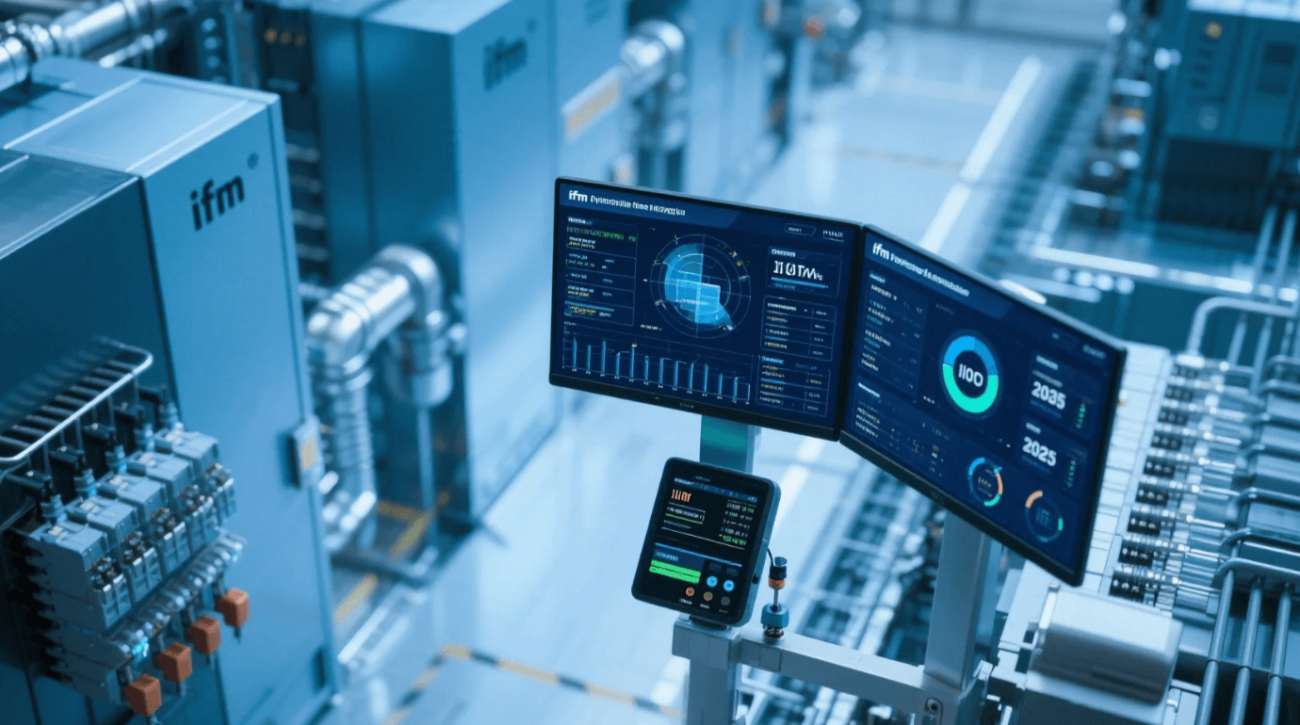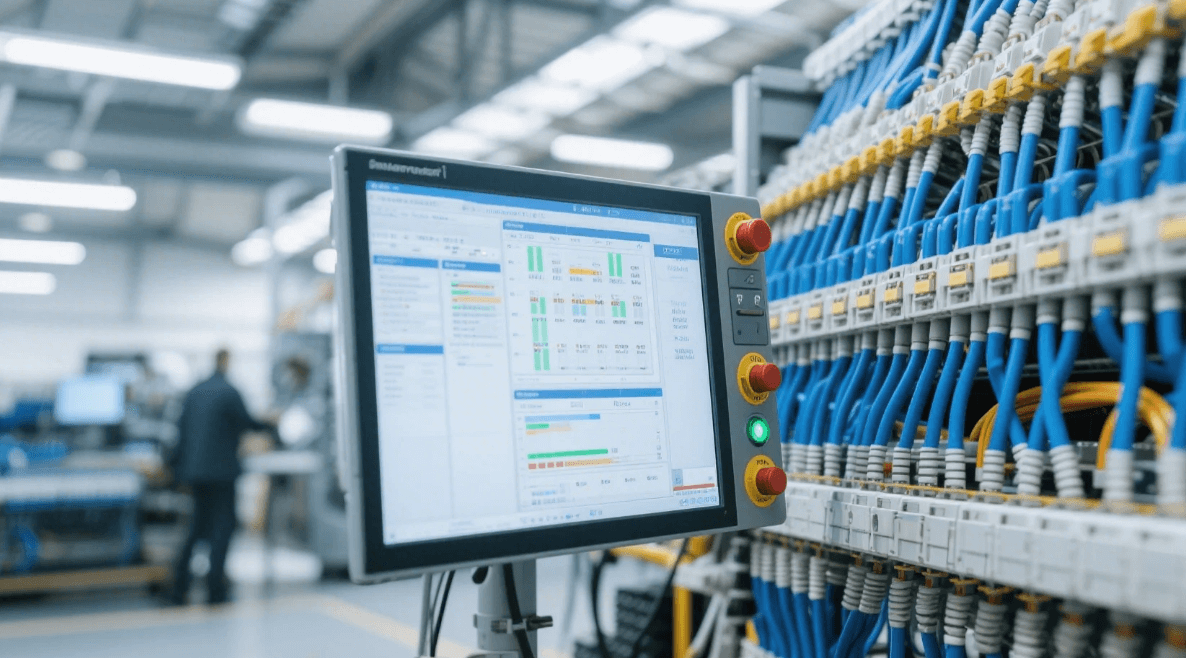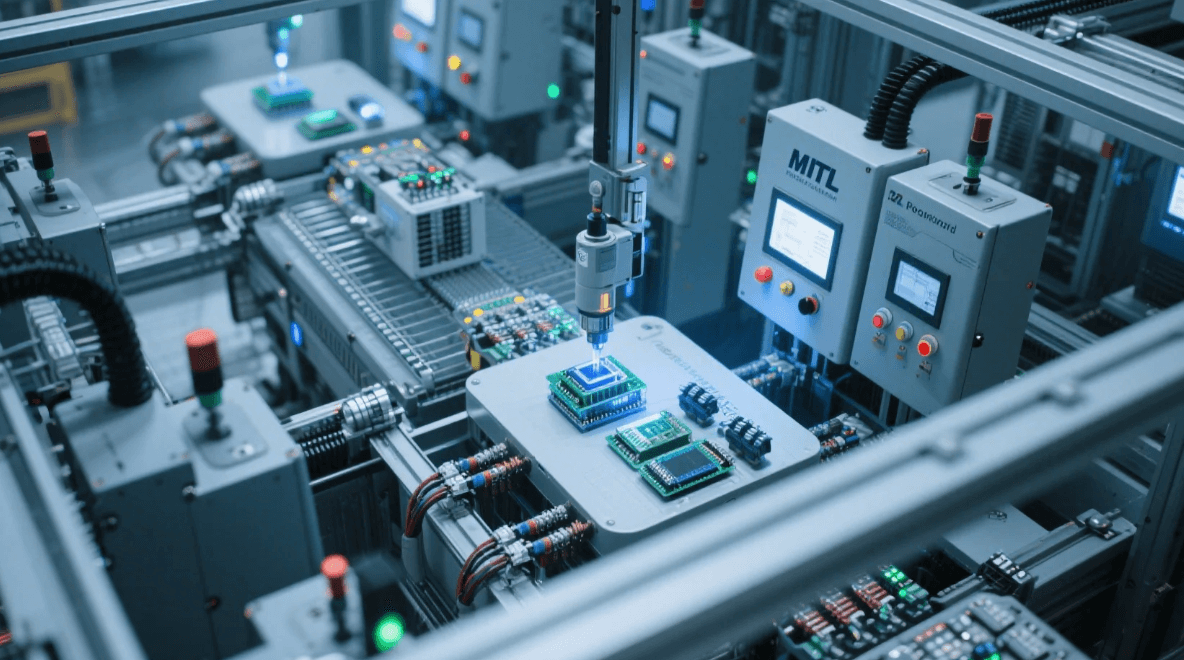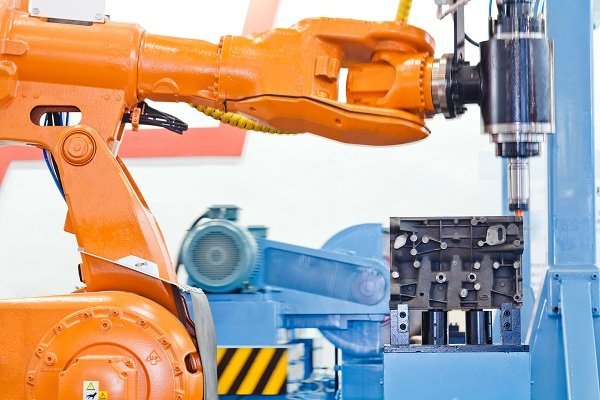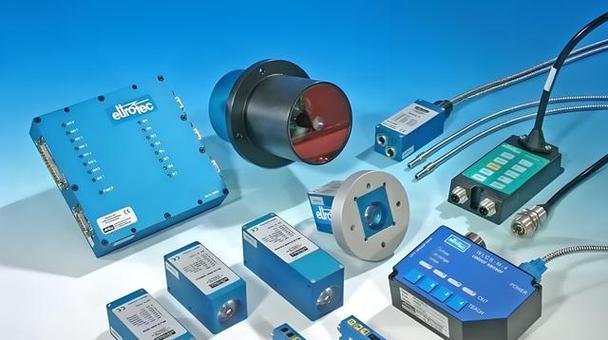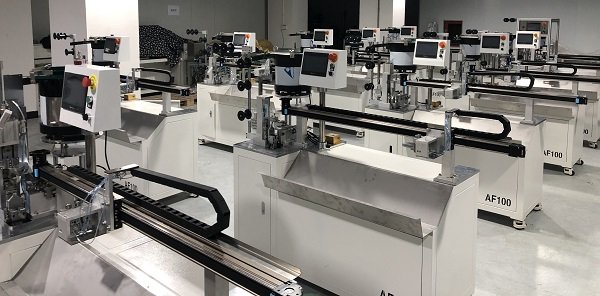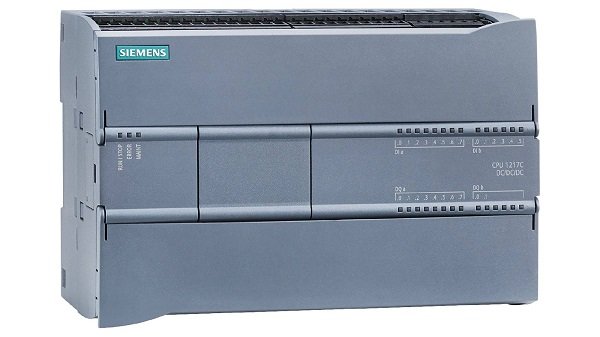The Modern Advantages of IFM Proximity Sensors: Precision, Reliability, and Efficiency
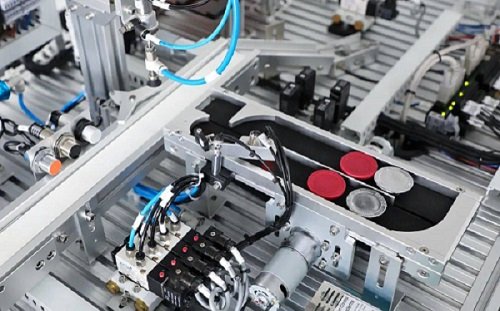
In the realm of automation and industrial applications, IFM proximity sensors stand out as crucial components in ensuring precision, reliability, and operational efficiency. As industries continue to evolve toward smarter, more automated systems, the demand for high-quality sensors has skyrocketed. IFM, a global leader in industrial automation, has been at the forefront of producing proximity sensors that play a pivotal role in various industries, from manufacturing to robotics and beyond.
This article delves into the key advantages of IFM proximity sensors, exploring how they revolutionize modern industrial processes with their superior performance, durability, and accuracy. With a focus on cutting-edge technology, ease of use, and sustainability, IFM proximity sensors are setting the standard for future industrial innovations.
Introduction: The Role of IFM Proximity Sensors in Modern Industries
Proximity sensors are vital in the automation industry, enabling systems to detect the presence or absence of objects without physical contact. These sensors are integral to optimizing manufacturing processes, reducing downtime, and enhancing safety across various industrial applications. Among the many manufacturers of proximity sensors, IFM proximity sensors have gained a strong reputation for their precision and reliability.
Understanding IFM Proximity Sensors
What are IFM Proximity Sensors?
IFM proximity sensors are non-contact devices designed to detect the presence or absence of an object within a specified range. They work on the principle of electromagnetic fields, capacitive sensing, or inductive sensing, depending on the type of sensor. The versatility of IFM proximity sensors makes them suitable for a wide range of applications, including detecting objects in manufacturing lines, robotics, packaging, and even material handling systems.
IFM proximity sensors come in different variants, such as inductive, capacitive, and photoelectric sensors, each designed for specific industrial environments and requirements. Regardless of the type, these sensors offer exceptional sensitivity, reliability, and durability.
How Do IFM Proximity Sensors Work?
The functioning of IFM proximity sensors depends on the type of sensor in use. For instance:
Inductive Proximity Sensors: These sensors use an electromagnetic field to detect metallic objects. When a metal object enters the sensor’s field, it disrupts the electromagnetic wave, triggering a response from the sensor.
Capacitive Proximity Sensors: These sensors detect objects based on their dielectric properties. They are ideal for detecting both metallic and non-metallic objects, including liquids and powders.
Photoelectric Proximity Sensors: These sensors use light to detect objects. They can be configured in various modes, such as through-beam, retro-reflective, and diffuse, to detect a range of objects, including transparent materials.

The Key Advantages of IFM Proximity Sensors
High Precision and Accuracy
One of the most significant advantages of IFM proximity sensors is their high level of precision. The ability to detect objects with exceptional accuracy, even in challenging environments, makes them indispensable in industries that demand stringent quality control and tight tolerances. Whether used in manufacturing lines for product positioning or in robotics for motion control, IFM proximity sensors ensure that systems operate with maximum efficiency.
Their precision also allows for faster cycle times and reduced error rates, which ultimately leads to higher production output and better quality control.
Durability and Long Lifespan
IFM proximity sensors are built to withstand harsh industrial environments, ensuring longevity and reducing the need for frequent replacements. Constructed with high-quality materials, these sensors are resistant to factors such as vibration, temperature fluctuations, dust, moisture, and chemical exposure. This durability ensures minimal maintenance costs and increased uptime for machinery.
For industries operating in extreme environments—such as automotive manufacturing, food processing, or packaging—IFM proximity sensors provide the robustness needed to keep systems running smoothly.
Reliability in Harsh Environments
Unlike traditional mechanical sensors, IFM proximity sensors have no moving parts, making them highly reliable and less prone to wear and tear. This absence of physical contact ensures that the sensor’s performance is not affected by friction or mechanical failure. Furthermore, IFM proximity sensors are designed to perform consistently in a wide range of conditions, including high temperatures, electromagnetic interference, and even humid or corrosive environments.
The robust nature of IFM proximity sensors makes them ideal for industries such as oil and gas, mining, and pharmaceuticals, where reliability is crucial for operational success.
Versatility Across Industries
The versatility of IFM proximity sensors is another major advantage. These sensors can be used in various applications, from simple object detection to complex automation processes. Whether it’s detecting the presence of a part on a conveyor belt, ensuring the proper alignment of a robotic arm, or monitoring material levels in tanks, IFM proximity sensors are adaptable to many industrial needs.
In the automotive industry, for instance, IFM proximity sensors can be used for position sensing in robotic arms, ensuring precise assembly and improving the overall efficiency of production lines. Similarly, in the food and beverage industry, these sensors help monitor production line operations, ensuring that products are correctly placed, sorted, and packaged.
Energy Efficiency and Sustainability
As industries continue to focus on reducing their environmental impact, energy efficiency becomes an essential factor in selecting equipment. IFM proximity sensors play a role in this by consuming minimal power while maintaining high performance. Their ability to operate efficiently without draining excessive energy makes them suitable for energy-conscious operations.
Moreover, the longer lifespan of IFM proximity sensors reduces the frequency of replacements, thus contributing to lower waste generation and supporting sustainability initiatives within industries.
Ease of Integration and Setup
Another key benefit of IFM proximity sensors is their ease of integration into existing systems. These sensors are designed with user-friendly interfaces and are compatible with a wide range of industrial controllers and automation systems. Installation is straightforward, and the sensors can be quickly calibrated for optimal performance, minimizing downtime during setup.
With features such as adjustable sensing ranges, sensitivity controls, and simple output configurations, IFM proximity sensors provide manufacturers with the flexibility to tailor their use for various applications.
How IFM Proximity Sensors Enhance Productivity and Efficiency
Automation and Process Control
IFM proximity sensors play an essential role in the automation of manufacturing processes. By accurately detecting the presence or absence of objects, these sensors ensure that systems function smoothly and efficiently, without the need for manual intervention. Whether in material handling systems, conveyor belts, or automated assembly lines, IFM proximity sensors optimize operational flow and enhance throughput.
Automated systems powered by IFM proximity sensors allow for faster production cycles, reduced errors, and lower labor costs. As a result, industries can operate more efficiently and stay competitive in an increasingly automated world.
Preventing Downtime and Enhancing Maintenance
Downtime is costly for any industrial operation. With IFM proximity sensors, the risk of unplanned downtime is reduced significantly. Their reliability and ability to detect problems before they escalate allow for proactive maintenance, ensuring that machinery runs smoothly. The sensors provide real-time feedback, allowing operators to monitor equipment performance and identify potential issues early, thus preventing costly failures.
The Future of IFM Proximity Sensors: Towards Smarter Automation
As we look toward the future, the role of IFM proximity sensors in industrial automation will only continue to grow. With advancements in IoT, artificial intelligence, and machine learning, IFM proximity sensors will become an integral part of smart factory systems. Their ability to collect and transmit data in real-time will enable manufacturers to optimize operations, predict maintenance needs, and improve overall system efficiency.
Additionally, with the ongoing trend toward Industry 4.0, IFM proximity sensors will be key players in creating connected, intelligent systems that are capable of self-diagnosis, predictive maintenance, and seamless communication between machines and operators.
Conclusion: Why Choose IFM Proximity Sensors?
In conclusion, IFM proximity sensors offer unparalleled advantages in terms of precision, durability, and efficiency, making them a must-have for industries seeking to improve their automation systems. With their versatile applications, reliable performance in harsh environments, and ability to integrate easily into existing systems, these sensors have become an indispensable part of modern industrial operations.
By investing in IFM proximity sensors, businesses not only ensure higher productivity and lower costs but also position themselves for success in an increasingly competitive, automated world. Their commitment to quality, innovation, and sustainability makes IFM proximity sensors the ideal choice for industries aiming to stay ahead of the curve.
Model : 526490 MS6-LFR-1/2-D7-C-U-M-A4-AS




